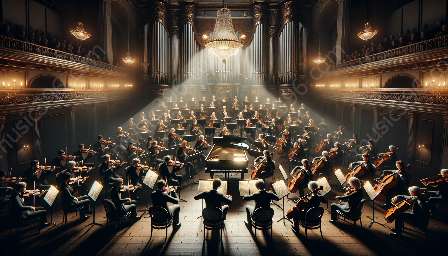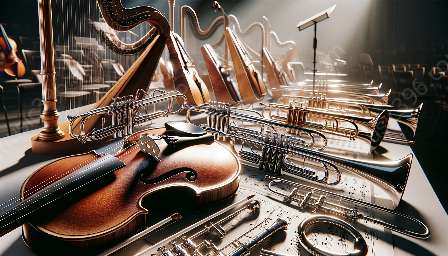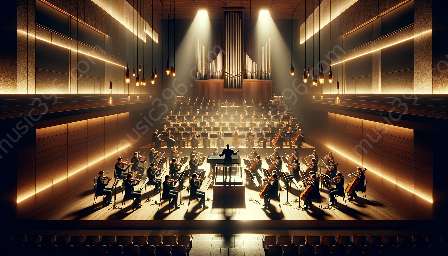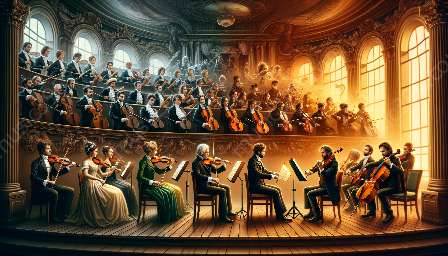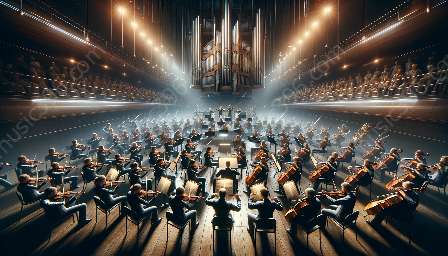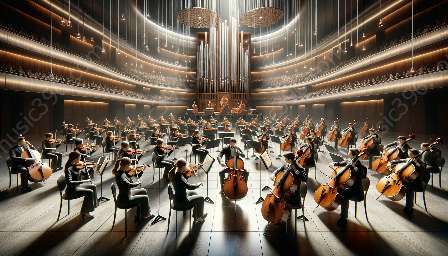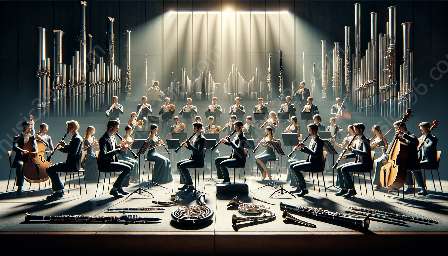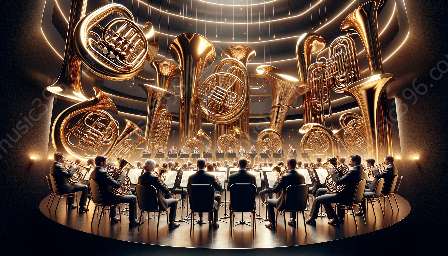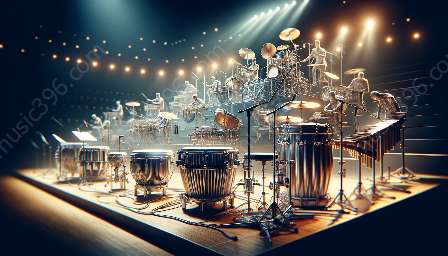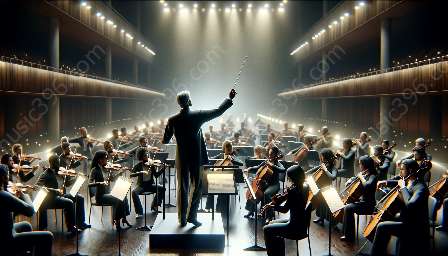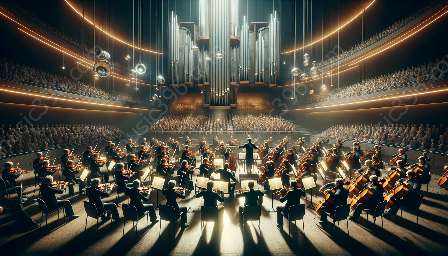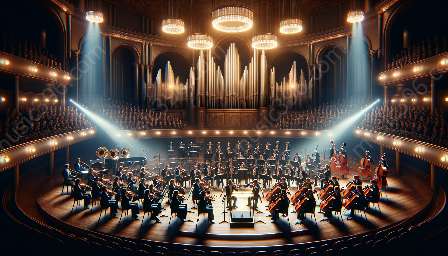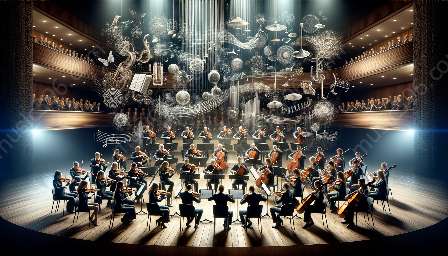Orchestral composition is a complex art form that involves the skillful combination of various fundamental elements to create musical masterpieces. In this topic cluster, we will explore the key components of orchestral composition, including melody, harmony, rhythm, and orchestration, and their relationship to notation. Understanding these fundamental elements is essential for aspiring composers and orchestrators seeking to create impactful and emotive orchestral music.
Melody
Melody serves as the primary musical statement in orchestral compositions. It is a sequence of notes that form a memorable and expressive musical line. Composers often use melody to convey the emotional core of their compositions, and it is typically the element that audiences remember most vividly. Melodies can be intricate or simple, but they should always contribute to the overall emotional and narrative impact of the music.
Harmony
Harmony refers to the simultaneous sounding of different pitches and the way they interact with each other. In orchestral composition, harmony plays a crucial role in establishing the mood and tonal language of the music. Composers carefully choose harmonic progressions to evoke various emotions, convey tension and resolution, and create a sense of depth and richness in their compositions.
Rhythm
Rhythm is the organization of sounds and silences in time. It forms the basis of musical structure and provides the framework for melody, harmony, and orchestration. In orchestral composition, rhythm governs the pacing, energy, and flow of the music, and it can range from intricate and complex rhythmic patterns to simple and driving rhythmic motifs.
Orchestration
Orchestration refers to the art of arranging and organizing musical ideas for performance by an orchestra. A composer's orchestration choices significantly impact the sonic palette and emotional impact of the music. Understanding the timbral qualities and capabilities of orchestral instruments is essential for effective orchestration, as it allows composers to achieve the desired color, texture, and balance within their compositions.
Notation
Notation is the process of representing musical ideas and instructions in a written or symbolic form. For orchestral composers, notation serves as the means to communicate their creative vision to performers. Orchestral notation includes the use of musical staff, clefs, notes, dynamics, articulations, and other symbols to convey the specifics of melody, harmony, rhythm, and orchestration to musicians who will bring the composition to life.
Conclusion
The fundamental elements of orchestral composition—melody, harmony, rhythm, orchestration, and notation—interact to form the rich tapestry of orchestral music. Composers and orchestrators must master these elements to craft compelling and evocative compositions that resonate with performers and audiences alike. By understanding the relationship between these fundamental components and their expressive capabilities, aspiring composers can embark on a journey to create original and moving orchestral works.

